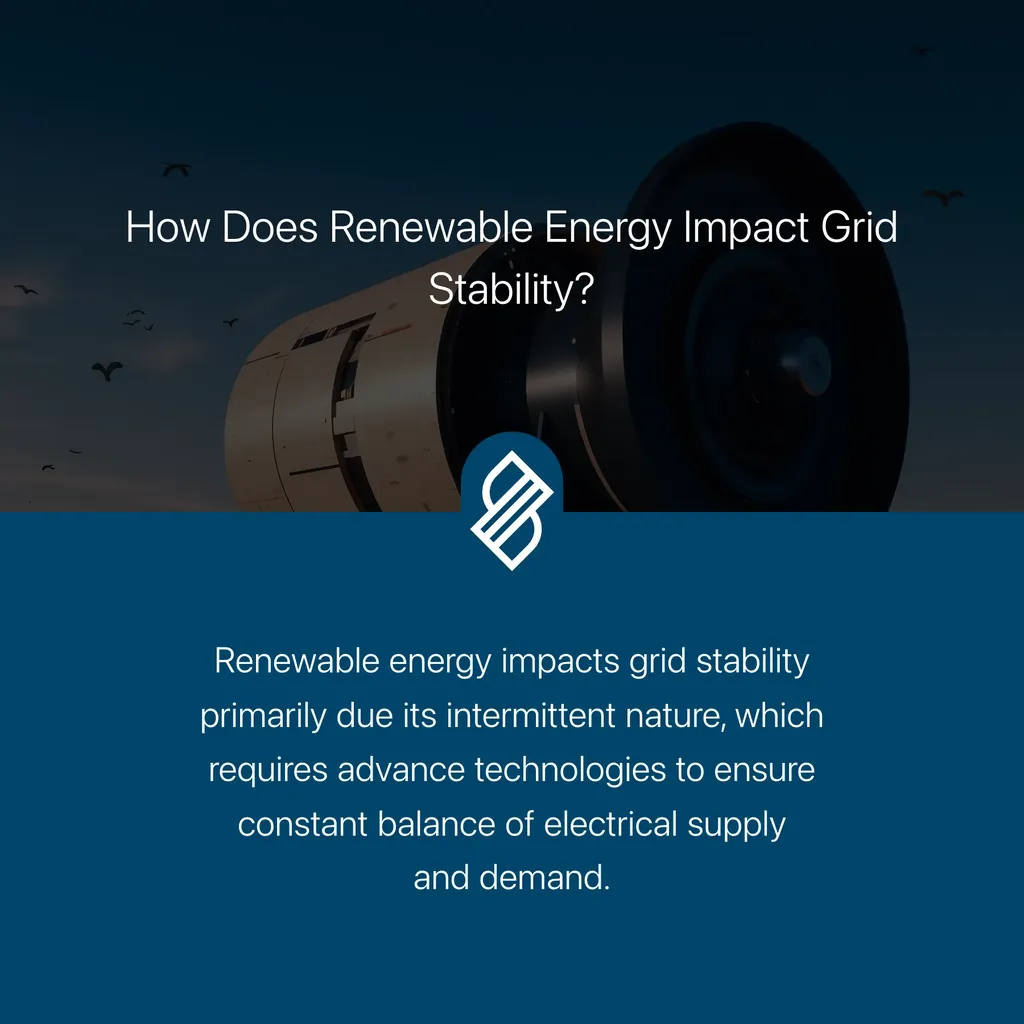In the rapidly evolving energy landscape, the integration of renewable energy sources into power grids presents both opportunities and challenges. A recent study published in the journal *Energies*, titled “Frequency Regulation of Renewable Energy Plants in Regional Power Grids: A Study Considering the Frequency Regulation Deadband Width,” sheds light on a critical aspect of this transition. Led by Weizheng Gong from the East China Branch of the State Grid Corporation of China, the research offers a novel approach to enhancing the frequency regulation potential of renewable energy units, which could have significant commercial implications for the energy sector.
As renewable energy penetration continues to rise, traditional frequency regulation strategies are struggling to maintain grid stability. The study addresses this issue by proposing an optimized deadband-configuration scheme for renewable energy power plants. “The current deadband settings in regional grid frequency regulation are not fully exploiting the regulation potential of renewable units,” Gong explains. “Our research aims to bridge this gap by developing a more effective configuration that enhances overall frequency-response capability.”
The study develops frequency response models for thermal power, wind power, photovoltaic generation, and energy storage. By analyzing the impact of different deadband widths on dynamic frequency response and steady-state deviation, the researchers constructed three representative output scenarios for renewable units. They then compared the coordinated control performance of the proposed deadband configuration with the existing settings.
Simulation studies based on a typical high renewable penetration scenario revealed that the proposed configuration significantly improves frequency regulation. “Compared with the existing regional-grid deadband settings, our configuration more fully exploits the regulation potential of renewable units, reduces frequency deviations, and shortens recovery time,” Gong notes. This enhancement in frequency-response capability could lead to more stable and reliable power grids, which is crucial for the commercial viability of renewable energy projects.
The findings of this research provide both theoretical foundations and practical guidance for frequency-support provision by renewable energy power plants under high penetration conditions. As the energy sector continues to transition towards renewable sources, the ability to effectively regulate grid frequency will be paramount. This study offers a promising solution that could shape future developments in the field, ensuring that the benefits of renewable energy are fully realized.
For energy professionals, the implications are clear: optimizing frequency regulation strategies can lead to more efficient and reliable power grids, ultimately driving down costs and enhancing the commercial prospects of renewable energy projects. As the industry continues to evolve, research like this will be instrumental in navigating the complexities of the energy transition.

